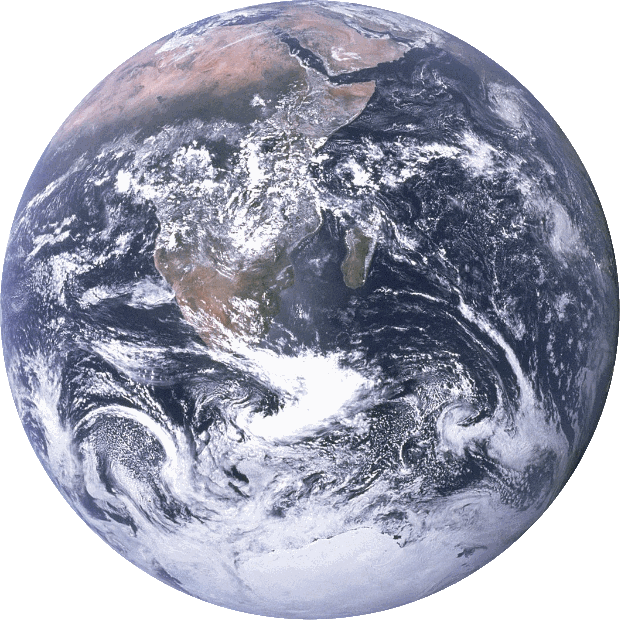DOI: 10.14466/CefasDataHub.49
UK shelf and North Sea quantitative sediment composition predictions
Description
Spatial predictions of substrate composition for the UK shelf and North Sea. Compositional fractions of mud, sand and gravel were modelled for an area of the UK and North Sea using a statistical regression model.
This dataset consists of percentage composition predictions for the mud, sand and gravel components as raster tifs. In addition the proportion of each of these sediment components were combined to predict the likely sediment classification as both a EUNIS habitat class and Folk class. These are also available as raster tif files with an associated ArcGIS layer file indicating the appropriate class for each raster value.
A shape file of the Folk classification is also available.
For a full description of the methodology used to generate these data see: http://journals.plos.org/plosone/article?id=10.1371/journal.pone.0142502
In short, the analysis combined outputs from hydrodynamic models as well as optical remote sensing data from satellite platforms and bathymetric variables, which were mainly derived from acoustic remote sensing. A statistical regression model was built to make quantitative predictions of sediment composition (fractions of mud, sand and gravel) using the random forest algorithm. The compositional data was analysed on the additive log-ratio scale and then transformed back into percentages of the individual sediment components. From these percentage components a EUNIS substrate model was also generated.
Contributors
Diesing, Markus / Stephens, David
Subject
Desk study / Model / Sediment / Sediment grain size parameters
Start Date
31/03/2015
End Date
31/03/2015
Year Published
2018
Version
1
Citation
Diesing and Stephens (2018). UK shelf and North Sea quantitative sediment composition predictions. Cefas, UK. V1 doi: https://doi.org/10.14466/CefasDataHub.49
Rights List
DOI
10.14466/CefasDataHub.49


